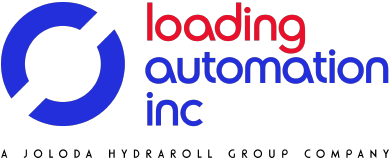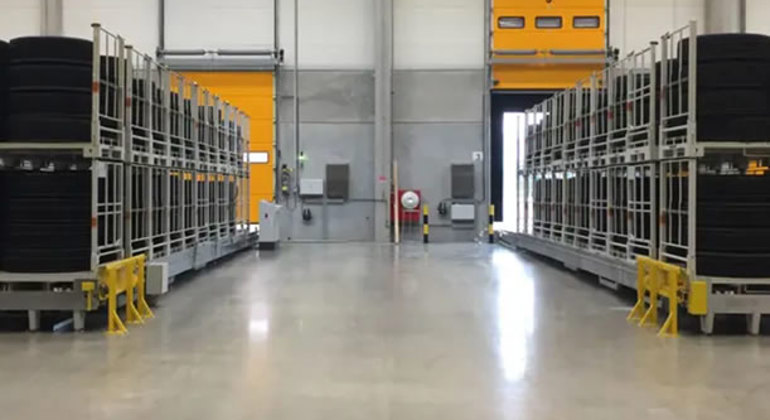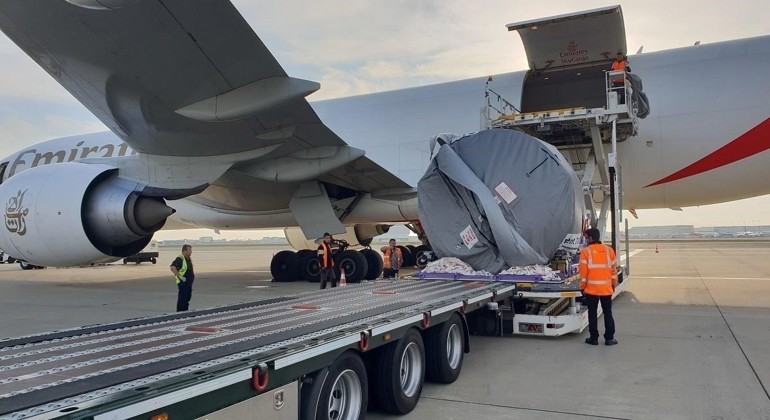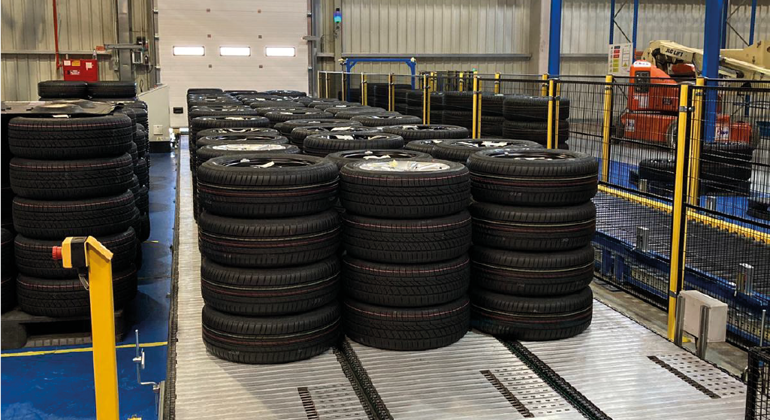Loading solutions are highly practical pieces of equipment for an automotive business. They can boost efficiency and productivity, and at the same time, they increase the safety of the operation. When considering whether to purchase a loading system, you must form a solid understanding of your requirements and the results you want the system to achieve for you. Loading systems call for a significant upfront investment, so this is crucial.
Below is a look at automation and automated loading solutions in the automotive industry. We’ll discuss why automation is necessary, look at different automated loading solutions and how to choose the right system for your automotive solution.
Book a FREE Loading Assessment
Learn how to make the loading process safer and more efficient with a no-obligation assessment...
BOOK NOW


